It turns out that looks matter when it comes to houseplants. A joint study by the University of Reading and the Royal Horticultural Society (RHS) suggests that houseplants with full, rounded leaves offer the greatest boost to our well-being and mental health wellness.
How Houseplants Make Us Happier
Houseplants work their magic on our psychological well-being in several surprising ways:
1. Biophilic Connection
The presence of plants nurtures our innate connection to nature, known as biophilia. This connection evokes calmness, reduces stress and anxiety, and promotes well-being.
2. Stress Reduction and Improved Mood
Studies have shown that caring for plants and simply being around them can lower stress hormones and elevate mood. The act of nurturing life can be fulfilling and provide a sense of accomplishment, further boosting emotional well-being.
3. Enhanced Focus and Creativity
Research suggests that surrounding yourself with plants can improve cognitive function, leading to better focus, concentration, and even increased creativity, which is particularly beneficial in work and study environments.
4. Air Quality Improvement
While the impact on air quality is modest, plants can help remove some pollutants and toxins, contributing to a healthier and more comfortable indoor environment.
5. Aesthetic Appeal and Mindfulness
The visual beauty of houseplants adds a touch of nature to our surroundings, enhancing the aesthetics of any space. Plants promote feelings of relaxation and mindfulness, further contributing to improved mental well-being.
Houseplants act as silent companions, subtly weaving their magic through various psychological pathways, leaving us feeling calmer, happier, and more connected to the natural world.
The Top Three Houseplants To Boost Happiness
In the RHS study, participants viewed 12 plant images and chose their personal favorites and least favorites. They then went on to rate each plant on various aspects, using scales ranging from “ugly to beautiful,” “boring to interesting,” “depressing to uplifting,” “unhealthy to healthy,” and “sharp to soft.” Additionally, they were asked to assess how beneficial each plant was for their well-being and air quality.
The leafy champions from the study were:
- Weeping Fig (Ficus benjamina): This lush green beauty boasts a high leaf area and dense canopy, providing a visual feast that promotes calmness and reduces stress. Furthermore, it can be pruned into pleasing shapes like spheres or columns.
- Pothos (Epipremnum aureum): Participants deemed this popular plant most “interesting” and loved it for its lush foliage and trailing vines. The low-maintenance pothos is the number one choice for 22% of participants.
- Palm (Dypsis lutescens): This familiar friend evokes feelings of relaxation and happiness through its lush, green appearance. The study suggests that palms may trigger positive associations with holidays or tropical destinations, further contributing to their mood-lifting abilities.
The cactus proved to be the most divisive choice. While some participants found its unique form appealing, others likely disliked its prickly nature. Perhaps its popularity could be best described as “an acquired taste.”
On the flip side, the neglected palm tree scored the lowest on all fronts. The study concluded that “unhealthy plants were regarded as depressing and worse than having no plants at all.”
10 Ways To Add More Houseplants To Your Home
Ready to reap the benefits of these leafy companions? Consider placing plants in workspaces to increase focus or in living areas where they can be most visible for mood enhancement.
Here are ten ways to foster a greener environment in your home:
1. Vertical Garden
Create a living wall for a lush pop of greenery. Hang a plant trellis or mount shelves to display various plants. Pick a wall near a window or a skylight for better plant health.
2. Room Dividers
Use tall, leafy plants to create natural room dividers, adding a touch of greenery while defining different areas within your home.
3. Window Sills
Take advantage of natural light and place small potted plants on window sills, adding color and life to your home’s interior.
4. Hanging Planters
Install ceiling hooks and hang trailing plants such as pothos or spider plants to add visual interest and bring greenery to eye level.
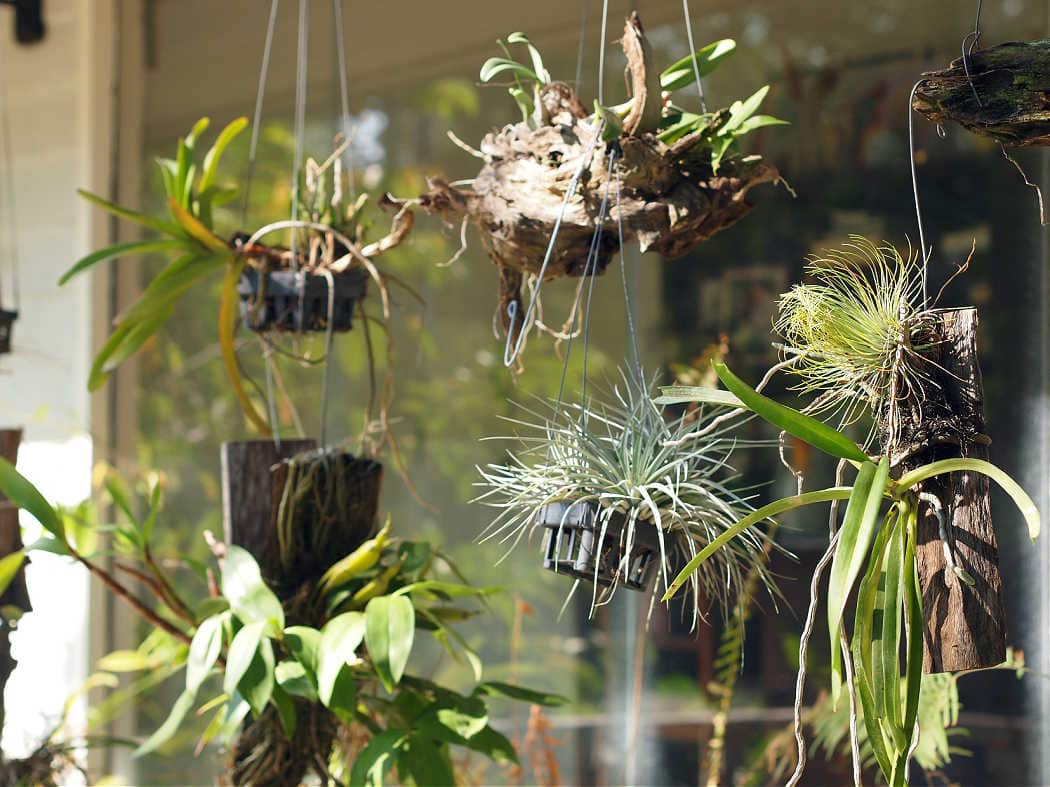
Image credit: Shutterstock via PicMonkey.
5. Kitchen Herb Garden
Set up a small indoor herb garden in your kitchen, providing fresh herbs for cooking while adding a natural touch to the space.
6. Bathroom Oasis
Place humidity-loving plants like ferns or orchids in the bathroom to create a spa-like atmosphere and thrive in a moisture-rich environment.
7. Plant Stands
Display a collection of plants on multi-tiered plant stands to add height and create a visually appealing indoor garden.
8. Terrariums
Incorporate small terrariums with succulents or air plants to bring a modern, low-maintenance green accent to your home decor. Creating a DIY terrarium can also integrate nature into one’s home without requiring extensive space.
9. Bookshelf Gardens
Integrate plants into bookshelves, using a mix of trailing, upright, and flowering plants to add a pop of nature to your reading nook.
10. Statement Plants
Invest in a large statement plant, such as a weeping fig or a monstera, to be a focal point and bring a bold, tropical vibe to your living space.
Maintain A Plant Care Routine
While houseplants offer a wealth of benefits, providing them with proper care is essential for their well-being and yours. Keep your houseplants thriving with these basic gardening principles:
- Light: Most houseplants prefer bright, indirect sunlight. Avoid direct afternoon sun, which can scorch leaves. Low-light options like snake plants and ZZ plants can tolerate shadier corners.
- Watering: It’s better to underwater than overwater. Allow the top inch of soil to dry before watering thoroughly. Avoid soggy soil, which can lead to root rot.
- Humidity: Many houseplants appreciate increased humidity. Grouping plants together or using a humidifier can help create a more humid environment.
- Fertilizing: During the growing season (usually spring and summer), apply a balanced fertilizer sparingly according to the specific plant’s needs.
- Potting: Choose a pot with drainage holes to prevent waterlogging — repot when the roots outgrow the current container.
- Monitor: Be attentive to your plants’ health, watching for signs of distress, such as yellowing leaves or stunted growth, and adjust care as necessary.
With these basic steps, you’ll be well on your way to nurturing thriving houseplants and reaping the rewards of their beauty and positive impact on your well-being.
This article originally appeared on Hello Sensible.
~~~
PIN ME!
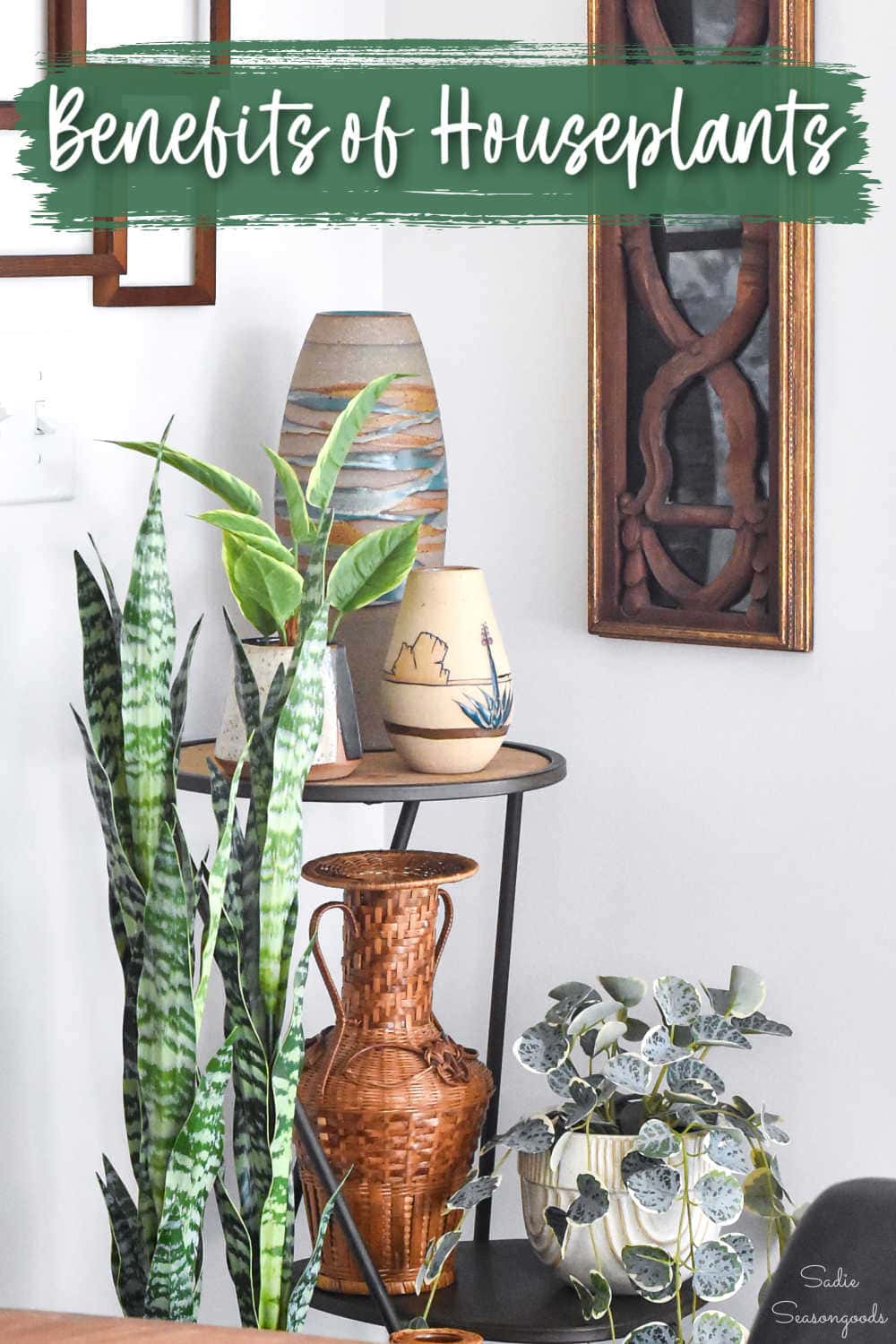
Image credit: Sadie Seasongoods.
Jules Yap
Jules Yap is the founder ofIKEA Hackers, a site dedicated to capturing amazing IKEA hacks from all over the world. She is a self-taught DIYer who believes that anyone can add their personal style to mass market furniture. Jules has two IKEA hacks on the permanent collection of the M+ Museum in Hong Kong and has been featured on The New York Times, Slate, 99% podcast and New Straits Times.
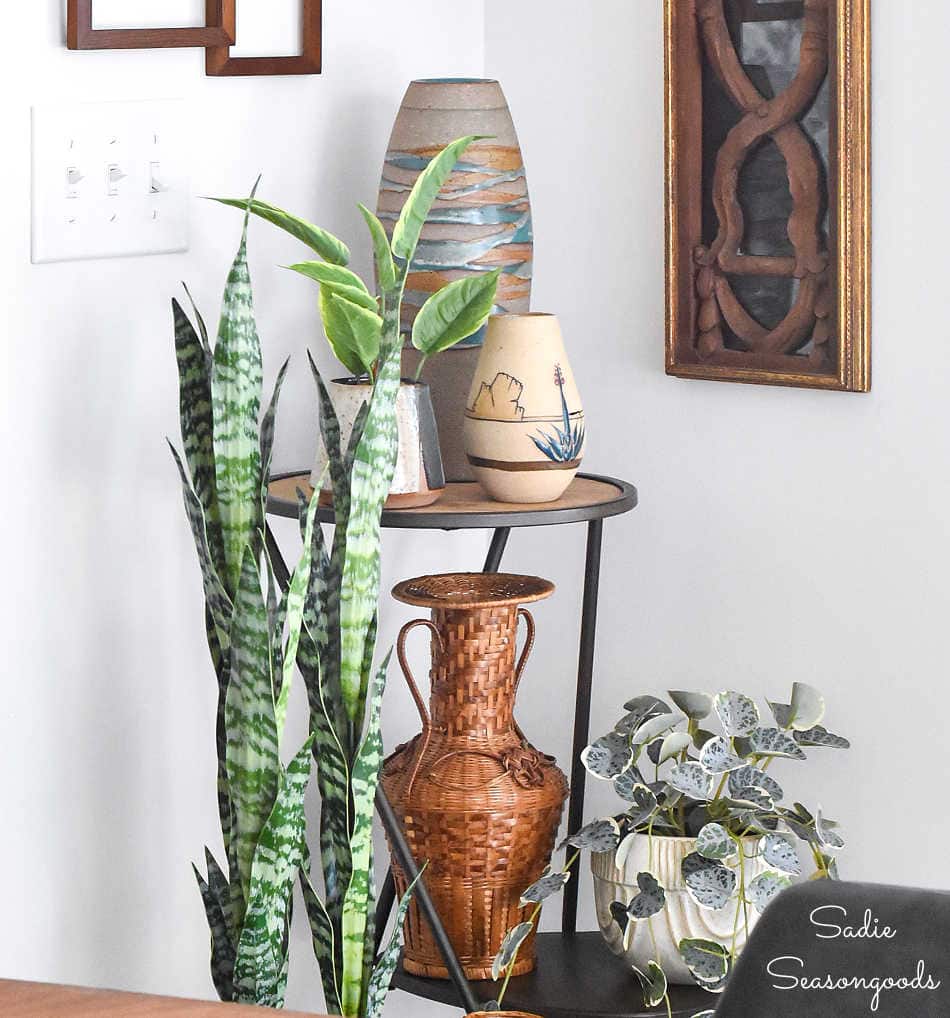

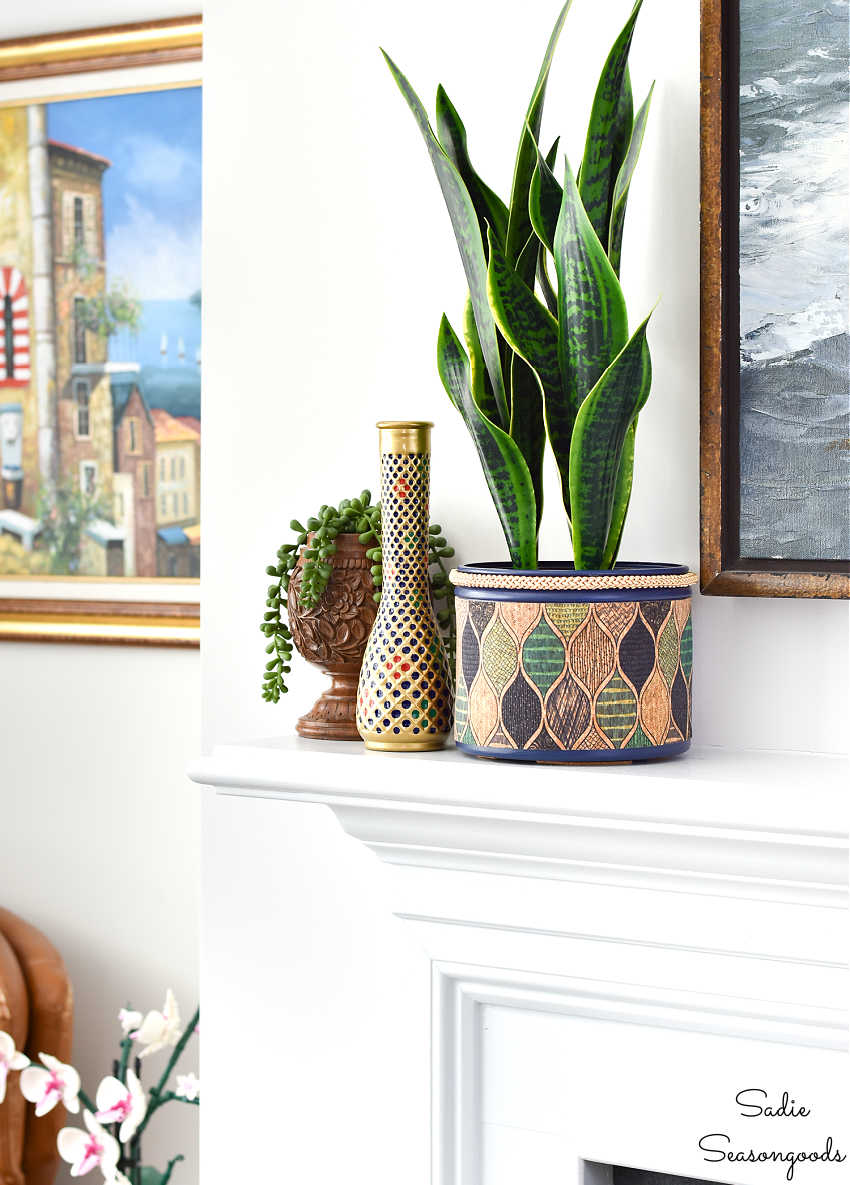
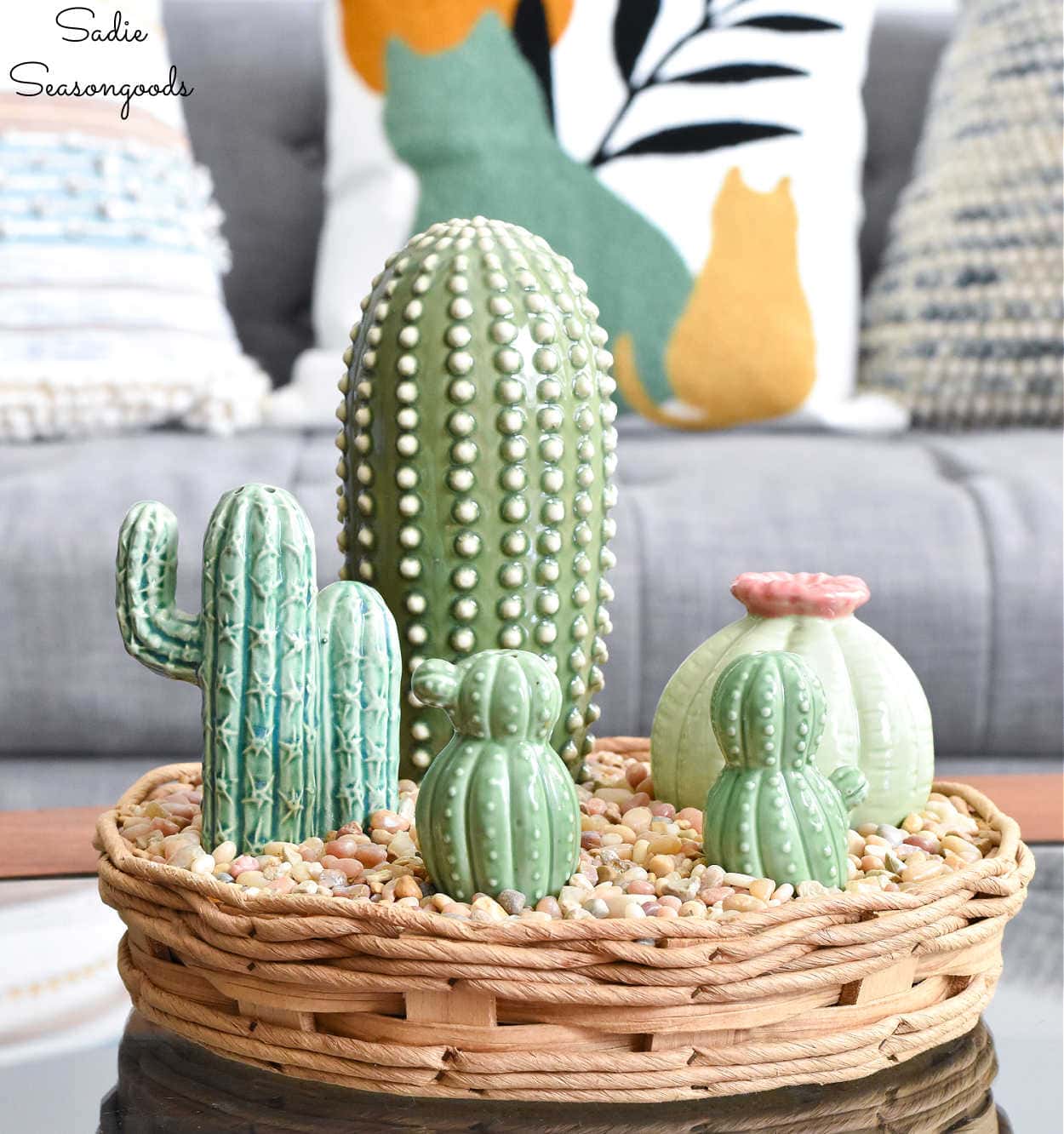
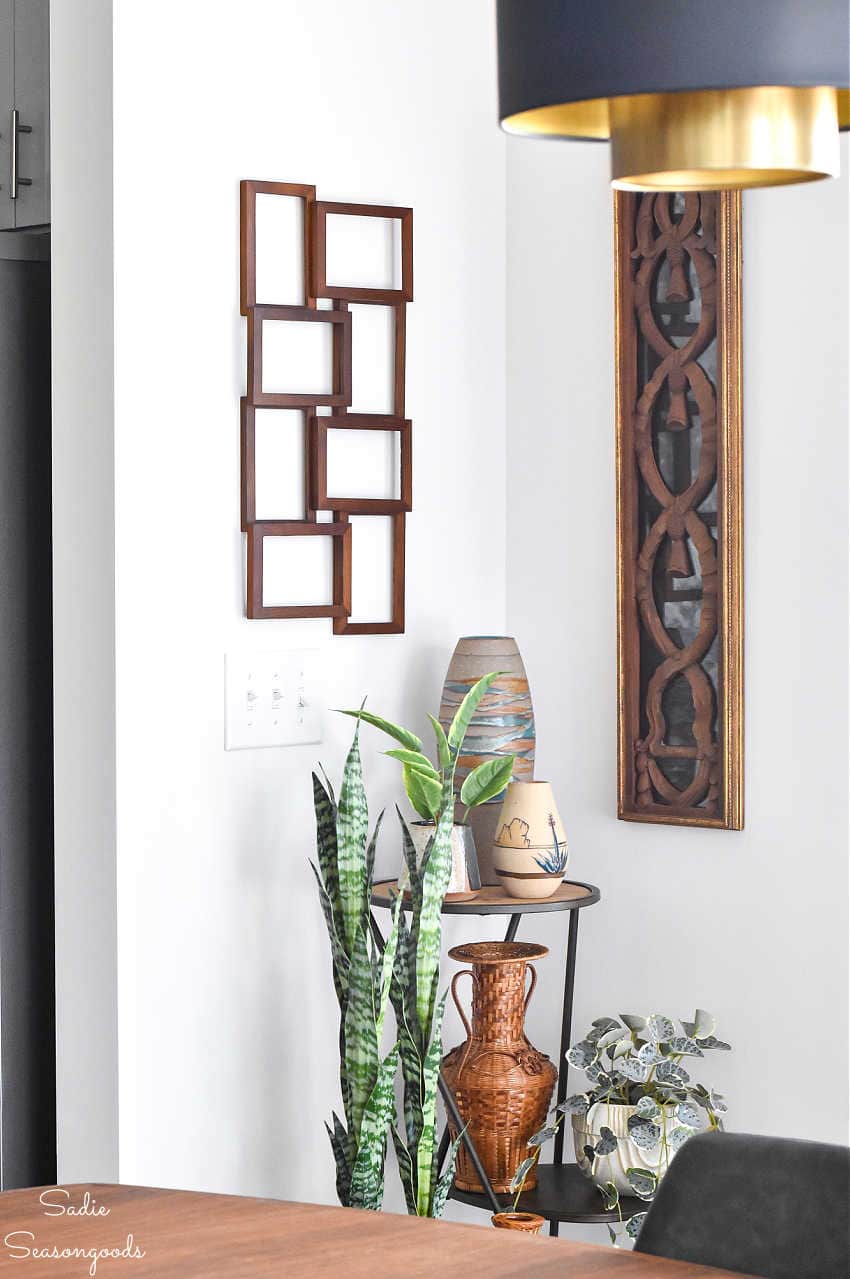
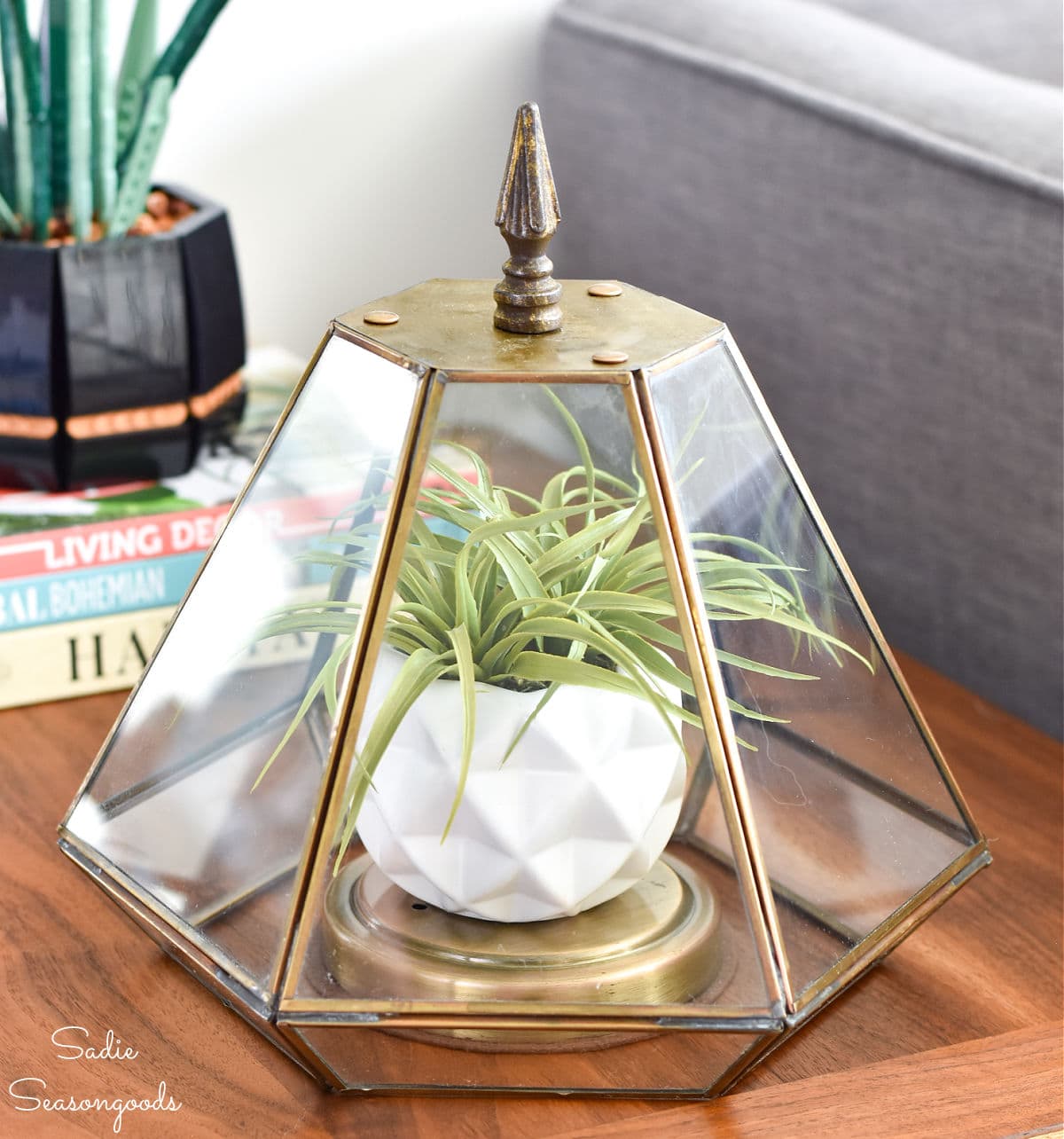




Have a question or like what you see? Please let me know!